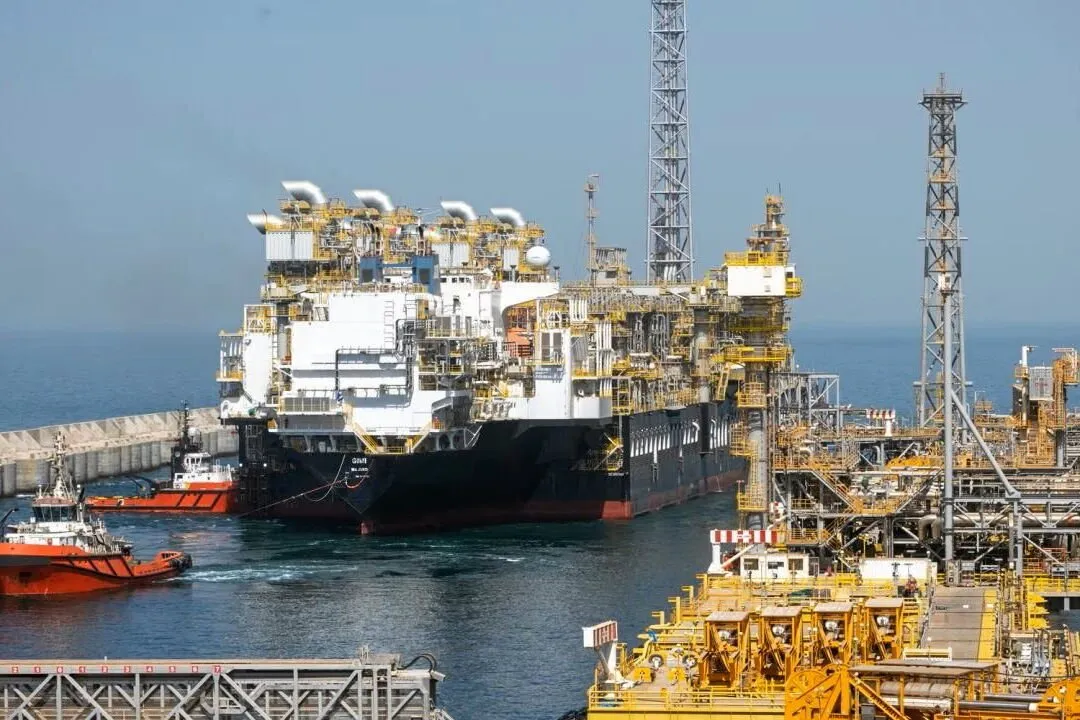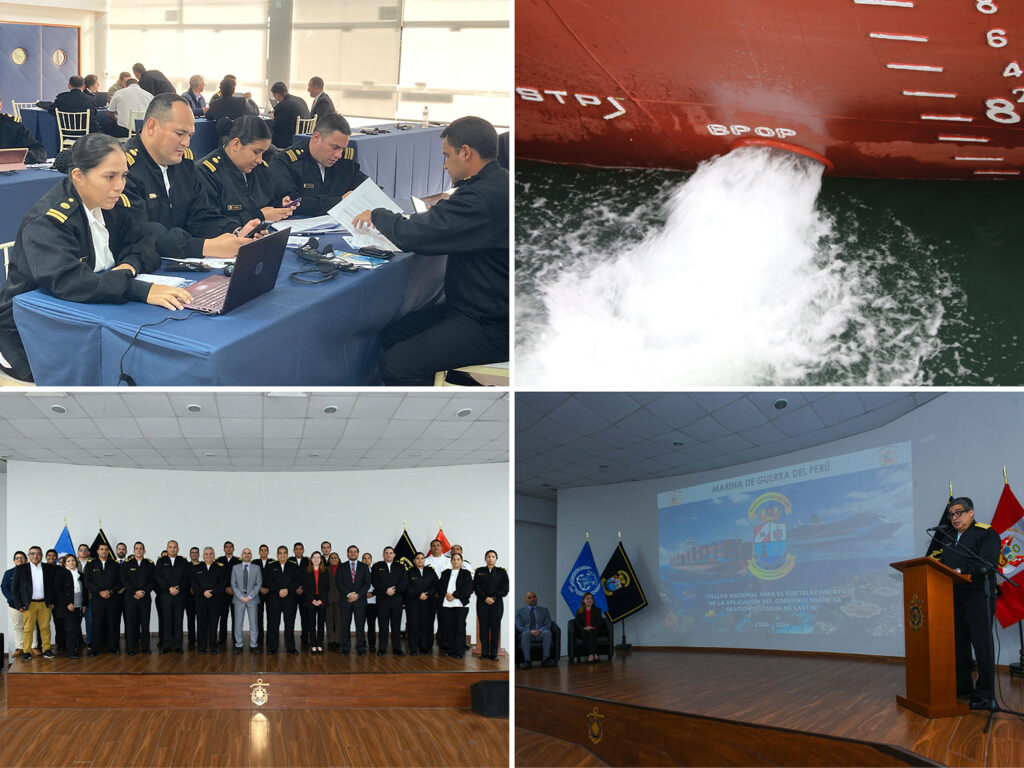Port 4.0 Isn’t Just IoT It’s a Sorbent Warehouse on Every Quay
No dashboard will save a port when a black slick reaches the quay.
By : Adam Laabs
Rolbatch technical director, Co-Founder w Rolbatch Laabs Academy,
Walk into a cutting‑edge container terminal today and you feel like you’re on a sci‑fi set. Autonomous AGVs glide along concrete arteries like silent ants, RTG cranes move with millisecond precision, and the control room resembles an aircraft cockpit. Thermal cameras, vibration sensors, clouds of data under the port manager’s fingertips pulses a digital organism engineers call Port 4.0.
Yet this super‑brain has a weak spot. A microscopic gasket fails and fuel escapes a pipeline. A moment’s inattention and a tanker scrapes a sandbank. Five minutes later oil fans out across the basin and the wind turns it into a toxic plume. Algorithms predict a lot, but detection is not neutralisation.
The digital dream pops
The tragedy unfolds in the minute zero the gap between the alarm and the instant the first barrier hits the water. If a physical shield isn’t in that gap, the digital dream pops like a soap bubble.
The Minute Zero
Seconds after a leak look like an adrenaline freeze‑frame: an operator sees the smear on radar, the fire brigade receives a ping, the tug captain lifts his head. But the slick doesn’t wait for people to organise. With 20‑knot wind and 18 °C water, an oil film can spread hundreds of square metres in a quarter hour. Like arterial bleeding: those first minutes decide whether the patient walks away or ends up in intensive care
Ports love metrics

Ports love metrics: TEU per crane, average berth time, CO₂ per container. Yet one line is missing: how many minutes from alarm to sorbent on the water? Call it the Minute Zero KPI. Most ESG reports leave it blank.
The Tech That Snuffs a Spill
Fortunately, the fix is physical, not another dashboard. AquaGuard is an ultra‑light non‑woven produced in continuous rolls typically 1.6 m wide and up to a kilometer long. A roll can be unspooled along a quay in under a minute or tossed as coiled “buoys” that bloom on contact with oil. Crucially, the fabric repels water, stays afloat even when saturated,and can be retrieved easily without sinking.
Cost of a containerised micro‑factory
Cost? A containerised micro‑factory that churns out 800 t of rolled sorbent a year runs about €6 million CAPEX. Removing a 10 000‑tonne spill starts at half a billion before media and regulatory shockwaves.

A Tale of Two Harbours
Imagine twin ports: Rotterdam and the fictional TechHarbor. Rotterdam installs a 1 000‑t AquaGuard stockpile, trains crews, and drills a “sorbent in six minutes” protocol. TechHarbor trusts sensors and assumes conventional booms will suffice.
When bunkering goes wrong, Rotterdam lays sorbent within minutes, corrals the incident to 200 m², and resumes routine next morning. TechHarbor needs two to three hours to fly equipment in; the slick balloons to eight hectares, shipping halts, media swarm, tourism trembles, and marine life suffocates. Twenty‑four‑hour ledger: €38 million in operational losses and €12 million in environmental fines. Rotterdam quietly tags itself “Europe’s safest port” and nudges its TEU tariff up by €2.Which port will win the eco‑leader badge?
Geopolitics at the Quay Edge
As the world fractures into blocs, oil becomes leverage. A spill in a chokepoint is cheaper than a cyber‑attack and harder to trace. A port with a sorbent warehouse and crews ready for instant action is a non‑profitable target. It protects money and the nation’s brand by proving true maritime resilience.
Catastrophe That Pays for Its Shield
Here’s the kicker: a spill can bankroll prevention. The model is simple. A port company or non‑profit handles cleanup, invoices the shipowner or insurer at €5 000–10 000 per tonne recovered, and channels profit into more sorbent, drills, drones even satellite passes. Disaster funds defence, flipping “polluter pays” into polluter funds prevention.
The Pain Principle You Can’t Ignore
Daniel Kahneman showed we fear loss more than we desire gain. Use that lever in the boardroom: “No local sorbent stockpile isn’t just a fine risk it’s a real threat to IMO certificates, shipping contracts, and months of downtime.” Excel won’t mask that pain.
Start Today
Instead of another CO₂ panel, ask your team for the Minute Zero KPI. The dialogue changes: how many minutes to lay sorbent? If no one answers, you’ve justified CAPEX for a micro‑factory.
Then call your insurer. Watch premiums drop when the policy covers a 1 000‑ton local warehouse Can your port defend itself in minute zero? If not, it’s not Port 4.0 it’s a digital set dressing on a powder keg ?
Related :Pablo-Martini : An incredible collaboration is coming to an end.





